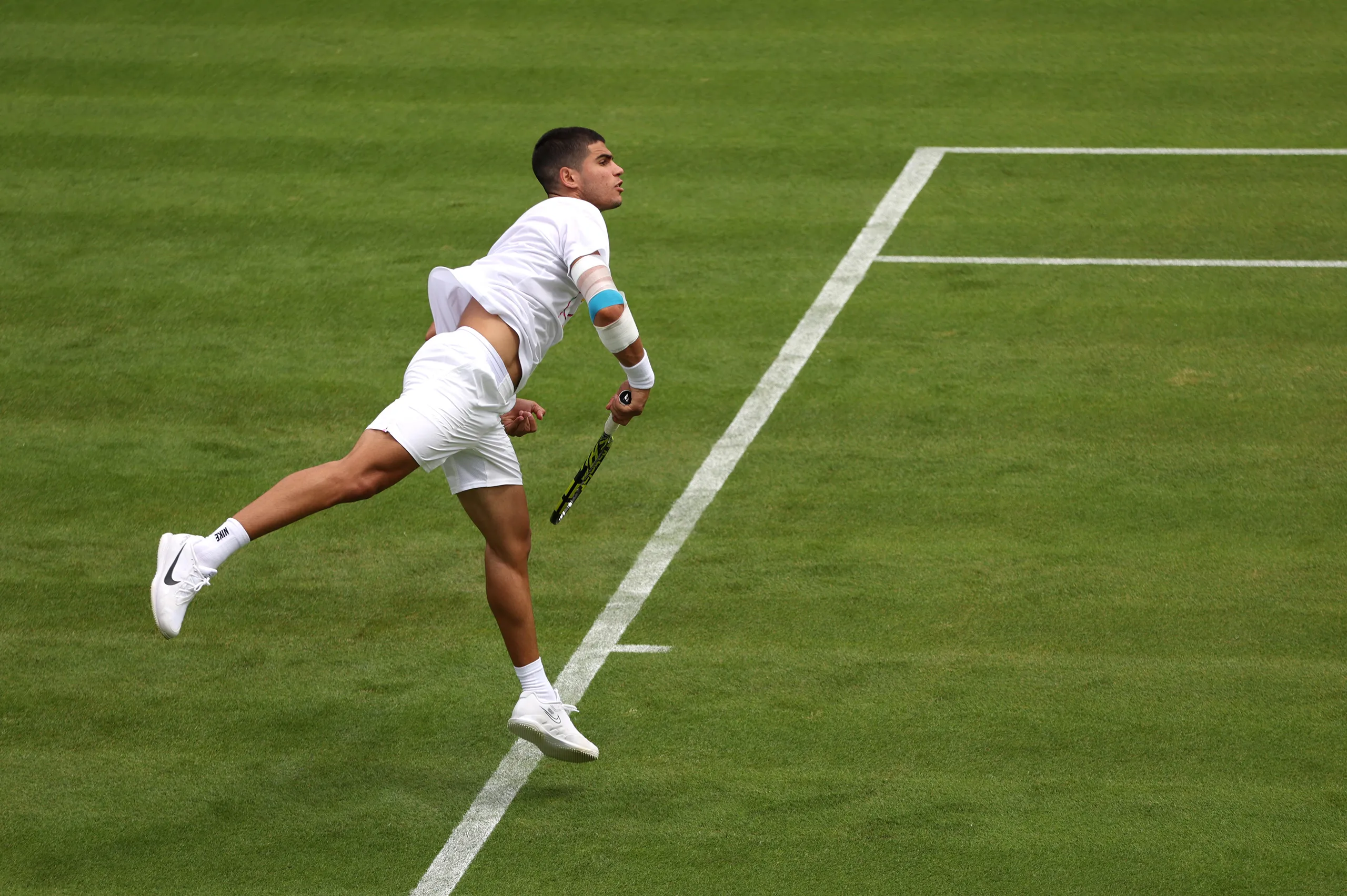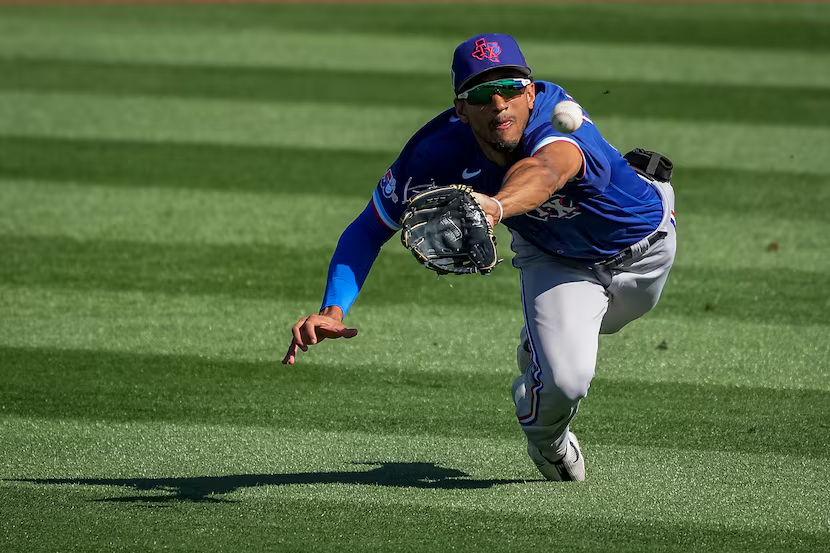In elite sports, training, nutrition, and strategy get most of the spotlight. But one crucial, often overlooked component is hormonal health, specifically, testosterone and recovery. This natural hormone plays a pivotal role in how quickly and effectively athletes bounce back after intense physical exertion. From faster muscle repair to enhanced endurance, testosterone isn’t just about strength; it’s about sustaining elite performance over time.
The Science Behind Testosterone and Recovery
Testosterone is a steroid hormone produced primarily in the testes for men and the ovaries for women, with smaller amounts from the adrenal glands. While it’s often associated with masculinity and muscle growth, its role in athletic recovery is far more comprehensive. Testosterone helps regulate red blood cell production, supports immune function, and speeds up protein synthesis, all critical for post-workout repair.
Studies have shown that elevated testosterone levels are directly correlated with improved recovery rates. That’s why testosterone and recovery are two terms becoming increasingly connected in performance science. Athletes with optimized testosterone levels are often able to train harder, more frequently, and with fewer injuries.
Why Elite Athletes Track Testosterone Levels
Elite sports organizations, from the NFL to Olympic committees, routinely monitor hormone levels, especially testosterone. The goal is not just to detect illegal doping, but to assess recovery markers. Low testosterone can lead to fatigue, decreased muscle mass, and prolonged injury recovery—major red flags for any high-performance athlete.
This growing awareness has shifted focus toward natural ways of optimizing testosterone and recovery. Everything from sleep tracking to nutrient timing is now tailored to support hormonal health. Endurance athletes in particular benefit, as testosterone affects stamina just as much as strength.
Why Testosterone Health Matters in Elite Athletic Performance
Maintaining peak performance in sports isn’t just about training hard; it’s also about managing what’s happening internally. For elite athletes, optimizing testosterone health is a key part of recovery and long-term success. Balanced testosterone levels support faster muscle repair, higher energy levels, and better overall endurance. Whether through red light therapy, sleep optimization, or nutritional support, focusing on hormonal balance has become a non-negotiable part of modern sports science.
How Testosterone Affects Recovery Mechanisms
Recovery isn’t just about resting; it’s a physiological reset. Testosterone plays a role in nearly every system involved in that reset:
Muscle Repair and Growth
Microtears in muscle fibers during training are healed through protein synthesis. Testosterone accelerates this process, allowing for quicker and stronger muscle regeneration.
Cortisol Balance
Cortisol is a stress hormone that increases after intense training. High cortisol levels interfere with recovery. Testosterone naturally counteracts cortisol, promoting hormonal balance that accelerates healing.
Inflammation Reduction
Chronic inflammation can stall progress and increase injury risk. Testosterone has anti-inflammatory properties that help reduce muscle soreness and joint pain.
This hormonal trifecta makes testosterone a key lever in enhancing testosterone and recovery outcomes across all sports disciplines.
Nutrition and Lifestyle Strategies for Natural Testosterone Boost
Athletes can naturally improve their testosterone levels and, in turn, their recovery. Here’s how:
Optimize Sleep
Lack of sleep severely suppresses testosterone. Deep, restorative sleep is when most testosterone is produced. Elite athletes often target 8–10 hours of high-quality sleep to support hormonal output.
Balanced Nutrition
Zinc, magnesium, and vitamin D are critical nutrients for testosterone production. Foods like eggs, leafy greens, nuts, and fatty fish are staples in performance diets.
Resistance Training
Heavy compound movements (squats, deadlifts, presses) are proven to increase testosterone. However, overtraining has the opposite effect. Smart programming ensures testosterone is boosted, not drained.
Stress Management
Mental stress impacts hormonal balance. Practices like meditation, yoga, and breathwork are now integral to recovery routines, further linking testosterone and recovery through holistic wellness.
Testosterone Recovery Myths in Sports Culture
Some myths often mislead athletes:
- Myth 1: Only men benefit from higher testosterone.
Reality: Women also rely on testosterone for bone health, muscle repair, and energy levels, especially in high-performance environments. - Myth 2: Supplements are the only answer.
Reality: While testosterone boosters exist, natural methods (sleep, diet, smart training) are often more sustainable and effective. - Myth 3: Testosterone is only about bulking up.
Reality: It affects endurance, injury prevention, mood, and even mental sharpness—key for consistent recovery and performance.
Understanding these myths is essential to appreciating how deep the relationship between testosterone and recovery runs.
Cutting-Edge Tools Athletes Use to Optimize Hormonal Recovery
Elite athletes are no longer relying solely on rest and nutrition to support their recovery. Instead, a new generation of performance tools is helping optimize internal systems, especially hormone regulation. These cutting-edge technologies are becoming essential in maximizing testosterone and recovery, enabling athletes to train harder, recover faster, and perform consistently at a high level.
Red Light Therapy: Biohacking Testosterone and Recovery
Red light therapy, also known as photobiomodulation, is one of the most promising innovations in the recovery space. This treatment uses low-wavelength red light, typically in the 600–850 nm range, to penetrate the skin and stimulate mitochondrial activity within cells.
Recent studies have indicated that red light therapy may support increased natural testosterone production by stimulating Leydig cells in the testes, the very cells responsible for testosterone synthesis. This is especially relevant for athletes looking to improve recovery without relying on synthetic hormone treatments.
Additionally, red light therapy reduces muscle inflammation, enhances blood circulation, and accelerates tissue repair. This dual benefit—faster physical recovery and potential testosterone optimization—makes red light booths a fixture in the locker rooms of NFL, NBA, and UFC athletes.
Athletes like LeBron James and Cristiano Ronaldo reportedly use red light therapy as part of their post-training recovery, reflecting the growing trust in this modality to support overall wellness and hormonal balance.
Wearable Recovery Tech: Data-Driven Testosterone Insights
Wearable devices like the WHOOP Strap and Oura Ring are now essential tools in tracking sleep, heart rate variability (HRV), and recovery cycles. These devices don’t just tell you how many hours you slept—they analyze how restorative that sleep was, which directly impacts testosterone production.
Testosterone levels are highest during deep, uninterrupted sleep. By identifying disruptions in sleep patterns and recovery, wearables empower athletes to make necessary adjustments to maximize hormonal output. Many users report improved energy, focus, and muscle recovery once they begin tailoring their training intensity based on their recovery scores.
What makes these devices powerful in the testosterone and recovery conversation is their ability to measure metrics like HRV, which is closely tied to cortisol levels. High cortisol can suppress testosterone. By tracking HRV trends, athletes can stay ahead of hormonal imbalances and adapt training accordingly to preserve optimal testosterone output.
Cryotherapy and Cold Plunges: Cooling Down to Reset Hormonal Balance
Cryotherapy and cold water immersion (cold plunges) are no longer just for inflammation—they are now understood as tools for managing hormonal responses. These methods rapidly lower core body temperature and stimulate the parasympathetic nervous system, which in turn helps reduce cortisol, the body’s primary stress hormone.
Lower cortisol levels allow testosterone to function more effectively. Post-exercise, this balance is critical. If cortisol remains elevated for too long, it can blunt testosterone production and delay recovery. By resetting this hormonal balance quickly, cryotherapy and cold plunges accelerate the recovery process.
Elite athletes from Novak Djokovic to NFL players now use cold immersion daily. Some programs combine cryotherapy with breathwork (like Wim Hof-style protocols), which adds an extra layer of hormonal optimization. This synergy is especially effective for athletes in sports with short rest periods between games or matches.
Normatec Compression and Lymphatic Stimulation
While not directly tied to testosterone production, pneumatic compression therapy, such as Normatec boots, is increasingly used to support circulation and reduce inflammation. Better blood flow aids nutrient delivery and waste removal, which indirectly supports testosterone and recovery by reducing systemic stress and improving hormonal efficiency.
Paired with hydration and magnesium supplementation, compression therapy can significantly shorten recovery windows, particularly when combined with other hormone-optimizing practices.
Personalized Recovery Labs and Hormone Testing
The most advanced sports programs now use lab-based hormone panels to fine-tune recovery. Bloodwork can detect dips in testosterone, cortisol spikes, or nutrient deficiencies—all of which influence how effectively an athlete recovers.
With this data, sports scientists build customized recovery schedules. Athletes may be given testosterone-supportive supplements (like zinc, ashwagandha, or vitamin D3), prescribed cold exposure at specific times, or told to modify training loads based on hormonal status. This kind of personalized biofeedback is redefining recovery science and making testosterone and recovery part of the same conversation.
Case Study: Testosterone Recovery in Marathon Training
A revealing study from 2023 tracked elite marathoners through a 12-week high-volume training cycle. Runners who showed a consistent testosterone baseline recovered from muscle fatigue 48% faster than those whose testosterone dipped post-race. The correlation between testosterone and recovery became clear: higher levels meant quicker bounce-back and better subsequent training sessions.
This is particularly relevant in sports with dense competition schedules like tennis, basketball, or cycling, where athletes must perform multiple times within short timeframes.
Why Testosterone and Recovery Are the Future of Performance Science
In the next decade, recovery won’t just be about ice baths and protein shakes—it will center on hormonal optimization. Sports scientists and coaches now recognize that hormonal health is a performance pillar, not a side effect.
As testing becomes more precise and recovery protocols more personalized, testosterone and recovery will be a dominant theme across elite training environments. This approach ensures that athletes don’t just peak, but stay at peak longer, with fewer injuries and better output.
If you want to perform like an elite athlete, you can’t overlook what’s happening inside your body. Testosterone is a critical factor in how well you recover, how quickly you return to training, and how resilient your body becomes over time. Whether you’re an amateur lifter or a seasoned competitor, understanding the link between testosterone and recovery is one of the most powerful tools in your performance toolkit.
By making small lifestyle changes, focusing on rest, optimizing your training, and embracing natural testosterone support strategies, you’re not just adding years to your athletic career—you’re maximizing every second of it.




